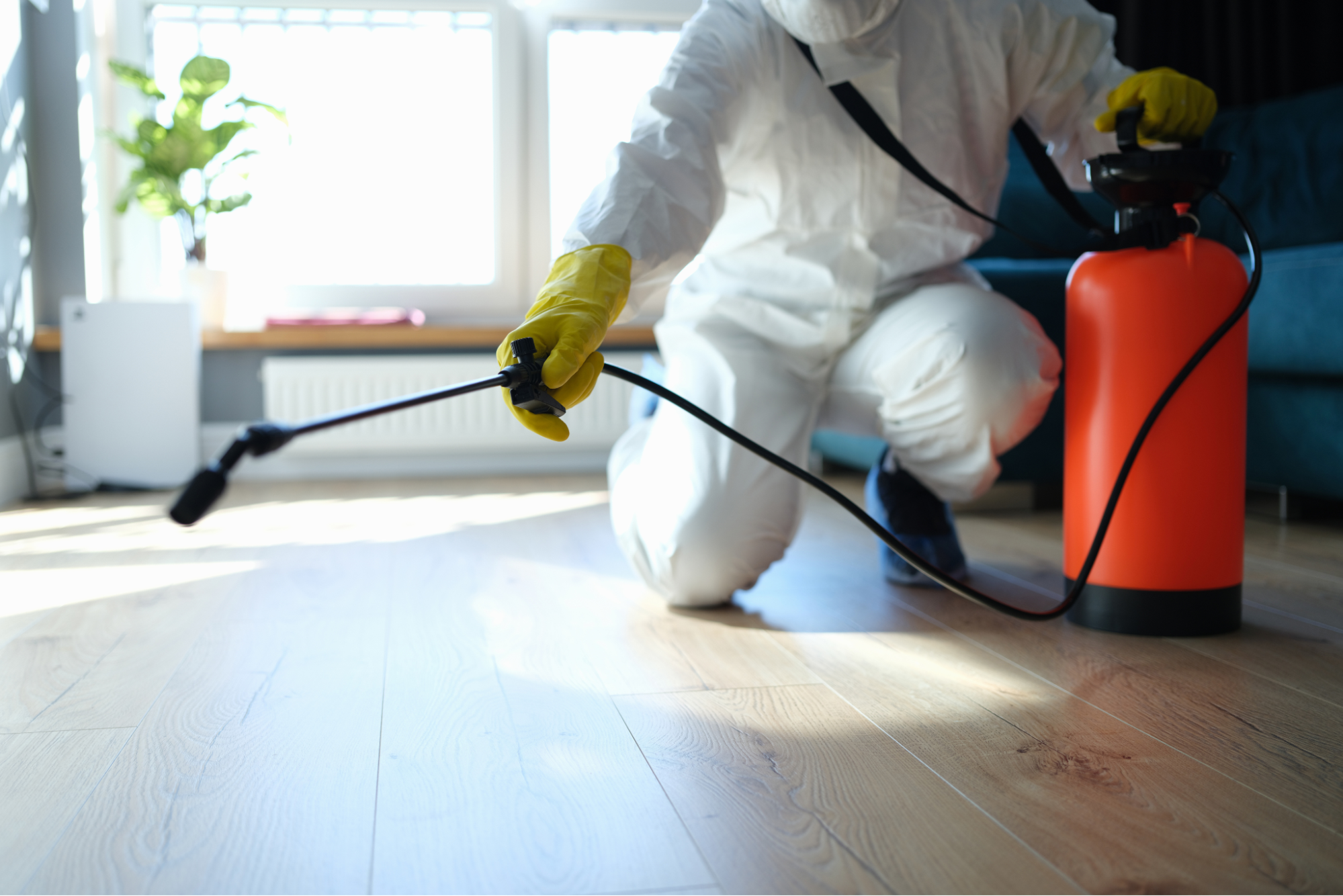Bed Bug Treatment Failure: Contrasting Chemical Vs. Non-Chemical Solutions
In the realm of bug control, specifically when taking care of the relentless problem of bed pests, the option in between chemical and non-chemical treatment services can be a pivotal one. Both approaches offer distinctive advantages and downsides, affecting variables such as efficiency, safety and security factors to consider, and overall price. By analyzing the nuanced information of each method, a clearer understanding of which course to go after in resolving a bed insect invasion can be obtained.
Effectiveness of Chemical Treatments
Chemical therapies for bed bug infestations have been widely identified for their fast and powerful efficiency in removing these insects. When considering the performance of chemical treatments, it is essential to recognize that they can supply a complete and fast solution to a bed bug problem.
In addition, chemical treatments have the benefit of providing recurring impacts, suggesting that they can proceed to get rid of bed pests even after the initial application. This recurring activity is especially advantageous in combating any kind of possible re-infestations. Furthermore, the fast activity of chemical treatments can bring relief to people facing extreme bed insect problems, allowing them to regain control of their home swiftly.
Safety Worry About Chemical Solutions
One vital facet that needs mindful factor to consider when making use of chemical remedies for bed insect therapy is making sure the security of occupants and the setting. Direct exposure to specific chemicals made use of in bed bug therapies can lead to respiratory system problems, skin irritability, or other damaging reactions, particularly in individuals with pre-existing problems or sensitivities.
Additionally, the environmental effect of chemical solutions is one more substantial factor to consider. Some chemicals utilized in bed insect treatments may be dangerous to valuable pests, wildlife, and ecosystems if they leach into the soil or water supply. It is necessary to use chemical treatments sensibly, following safety and security standards, and considering much less poisonous alternatives to mitigate these risks and guarantee the efficient and risk-free administration of bed bug invasions.
Benefits of Non-Chemical Methods
Taking into consideration the potential safety concerns and environmental effect connected with chemical services for bed insect therapy, exploring non-chemical methods presents an encouraging choice with several unique advantages. Non-chemical treatments are eco friendly, as they do not contribute to air or water contamination, making them a lasting choice for insect control.
Additionally, non-chemical remedies can be effective in targeting bed bugs, including hard-to-reach areas where chemical treatments may not penetrate. Techniques such as warm therapy, vacuuming, vapor cleansing, and bed mattress encasements provide detailed eradication without the usage of dangerous chemicals. Moreover, non-chemical techniques can be much less disruptive, requiring marginal preparation and permitting for quicker reentry pest control business right into dealt with locations. Generally, choosing for non-chemical bed pest treatment techniques not only prioritizes safety and environmental management yet likewise ensures extensive and efficient pest control.
Limitations of Non-Chemical Treatments

In addition, non-chemical treatments often need numerous applications to achieve successful obliteration. This can be time-consuming and may not constantly ensure complete elimination of all bed insects and their eggs, specifically in surprise click or hard-to-reach locations.
In addition, the success of non-chemical therapies heavily relies upon proper implementation and thoroughness, which can be testing for people without professional expertise. Inadequate application of non-chemical approaches might lead to incomplete removal, resulting in consistent problems and the demand for added therapies.
As a result, while non-chemical treatments have their benefits, it is crucial to recognize these constraints and consider them when determining one of the most reliable strategy for handling bed pest problems.
Cost Comparison: Chemical Vs. Non-Chemical Options
Provided the limitations connected with non-chemical treatments, an essential element to evaluate in the click over here now context of bed pest administration is the cost comparison between chemical and non-chemical alternatives. Chemical therapies commonly entail the application of pesticides by experts, which can vary from $250 to $900 per space, depending upon the severity of the infestation and the dimension of the location to be dealt with. On the other hand, non-chemical therapies like heat treatment or vapor can be a lot more costly, with prices varying from $1,000 to $6,000 for an entire home. While the first expense of chemical therapies may seem lower, multiple therapies might be needed to completely get rid of the problem, possibly enhancing the overall expense. On the various other hand, non-chemical options might give a more lasting and green option, although they can be cost-prohibitive for some individuals. Ultimately, when thinking about the expense of bed insect therapy options, it is important to evaluate the upfront expenditures versus the performance and long-term sustainability of the selected approach.
Conclusion

Taking into consideration the prospective safety and security worries and ecological effect associated with chemical remedies for bed bug treatment, exploring non-chemical strategies provides a promising option with a number of distinct advantages.Offered the limitations associated with non-chemical treatments, an important facet to examine in the context of bed bug monitoring is the expense comparison between chemical and non-chemical options. In comparison, non-chemical treatments like warmth treatment or heavy steam can be more pricey, with costs varying from $1,000 to $6,000 for an entire home. While the first expense of chemical therapies may seem reduced, several treatments may be called for to totally eradicate the problem, potentially increasing the general cost.In conclusion, when contrasting chemical and non-chemical bed bug treatment alternatives, it is necessary to think about effectiveness, security, advantages, limitations, and expense.